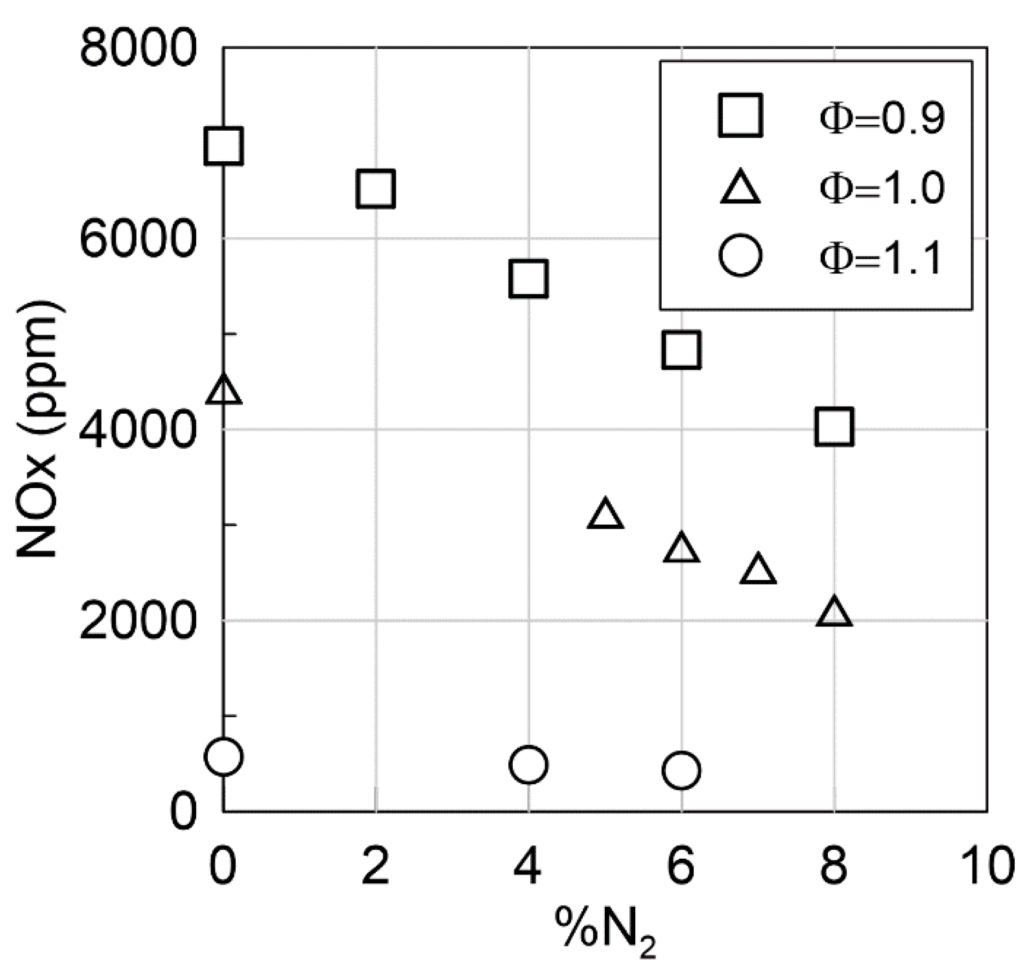Ammonia combustion engines: latest research
By Julian Atchison on September 09, 2021
The journey from the laboratory bench to the shop floor continues apace in 2021, as researchers deepen their understanding of ammonia combustion within engines. The team at Université d’Orléans has published several pieces of research already this year, with interesting results.
Operating limits for an ammonia-fueled spark-ignition engine

Testing was conducted using a single cylinder in a modern 4-cylinder 4-stroke Gasoline Direct Injection-SI EP6 PSA engine, operating between 650 to 2000 rpm. At low and high loads operation using neat ammonia fuel was possible – but difficult. Testing demonstrated that the blending of 10% hydrogen removed/lessened these difficulties and guaranteed operations over the full load range (as is reported in a wide range of studies to date).
The Energies study also confirmed widely-reported effects of fuel blends and operating conditions on NOx emissions at the exhaust. This includes the significant effect of blending neat ammonia fuel with 10% hydrogen – in this case a 40% reduction in NOx emissions was observed. To simulate exhaust gas re-circulation, the team diluted the fuel (at intake point) with N2 gas (max. 8%) under turbocharge-like conditions and found a dramatic decrease in NOx emissions in lean and stoichiometric operating conditions. This last finding presents interesting opportunities in the push to minimise NOx emissions.
Spray characteristics using a modern GDI Engine Injector

And the Université d’Orléans team has also published their world-first observations of ammonia fuel spray using a modern spark-ignition GDI injector. In their new Fuels paper, the spray geometry of ammonia, gasoline and ethanol were all compared.
Ammonia spray showed encouragingly similar characteristics to gasoline spray at ambient pressure and temperature. Further analysis is needed at higher injection pressures (ie. operating conditions in a working engine), and the atomisation process of ammonia spray needs to be better understood.
Visualising ammonia flame propagation
And earlier this year we reported on the team’s announcement of their world-first visualisation of an ammonia flame in an internal combustion engine. If you’ve ever been curious about what an ammonia flame looks like, here it is!